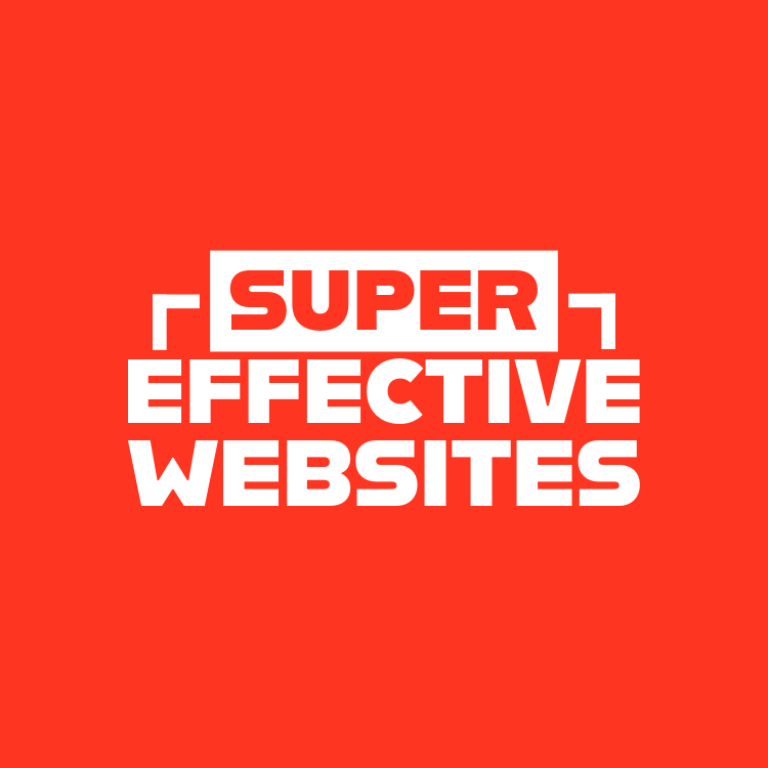Unlocking the Power of User Experience Design: A Comprehensive Guide
In today’s digital realm, user experience (UX) design has emerged as an essential aspect of any successful online presence. It plays a pivotal role in creating websites, apps, and other digital products that are not only aesthetically pleasing but also easy to use and navigate.
Historical Roots of UX Design
The concept of UX design dates back to the early days of computing, when researchers like Alan Kay and Donald Norman explored how people interacted with computers. In the 1990s, the field gained momentum with the rise of the internet, as companies began recognizing the importance of designing websites that were both visually appealing and functional.
Current Trends in UX Design
In the past decade, UX design has evolved significantly, driven by advancements in technology and changing user behavior. Current trends include:
- Mobile-first design: With the widespread adoption of smartphones and tablets, designing for mobile devices has become a top priority for UX designers.
- Personalization: UX designers are leveraging artificial intelligence (AI) and machine learning (ML) to personalize user experiences based on individual preferences and behavior.
- Immersive experiences: Virtual reality (VR) and augmented reality (AR) are rapidly gaining popularity, creating new opportunities for UX designers to create engaging and immersive experiences.
Challenges and Solutions in UX Design
While UX design offers immense benefits, it also presents unique challenges:
- Information overload: The abundance of information on the internet can overwhelm users, making it difficult to find what they’re looking for. UX designers must find ways to organize and present content clearly and efficiently.
- Cross-platform compatibility: Users access digital products on a variety of devices and browsers, making it essential for UX designers to ensure consistent experiences across all platforms.
- User testing: Getting real-world feedback on user experiences is crucial for improving designs. UX designers must employ various methods, such as user testing and analytics, to gather data and iterate upon their designs.
Case Studies and Examples
To illustrate the power of UX design, consider the following real-world examples:
- Amazon’s website: Amazon boasts an intuitive and user-friendly design that makes it easy for customers to find and purchase products. Its search bar, navigation menu, and product recommendations are all carefully designed to enhance the user experience.
- Apple’s iPhone: The iPhone’s sleek design and simple-to-use interface have made it a user-favorite smartphone. Its touchscreen technology, intuitive gestures, and app ecosystem have set a benchmark for mobile UX design.
Best Practices for UX Designers
To create effective user experiences, UX designers can follow these best practices:
- Start with user research: Understand your target audience, their needs, and their pain points to design solutions that meet their expectations.
- Use iterative design: Test your designs with real users and gather feedback to continuously improve them.
- Prioritize accessibility: Ensure that your designs are inclusive and accessible to users with disabilities.
- Follow design principles: Apply established principles, such as gestalt and usability heuristics, to guide your design decisions.
Future Outlook of UX Design
The future of UX design is bright, with emerging technologies opening up new possibilities:
- Voice-controlled interfaces: Voice assistants like Alexa and Siri will become more prevalent, requiring UX designers to adapt to new modes of interaction.
- Personalized experiences: AI and ML will drive even more personalized and tailored user experiences.
- Augmented reality (AR): AR will transform the way users interact with the digital world, creating opportunities for novel UX designs.
Port Orange: A Hub of UX Design Innovation
Port Orange has emerged as a hub of UX design innovation, with numerous local companies and organizations contributing to the advancement of the industry. Notable happenings and key advancements include:
- The establishment of the UX Design Lab at Bethune-Cookman University, which provides students with hands-on experience in UX design.
- The hosting of the Port Orange UX Meetup, a regular gathering for local UX professionals to share knowledge and best practices.
- The development of innovative UX design tools and methodologies by startups in the Port Orange area.
Summary
User experience design is a dynamic and ever-evolving field that plays a vital role in shaping our digital interactions. By understanding the historical roots, current trends, and best practices of UX design, professionals can create user-centric experiences that drive success and engagement. As technology continues to advance, the future of UX design promises exciting possibilities and challenges, making it an essential field for anyone involved in the creation of digital products.








